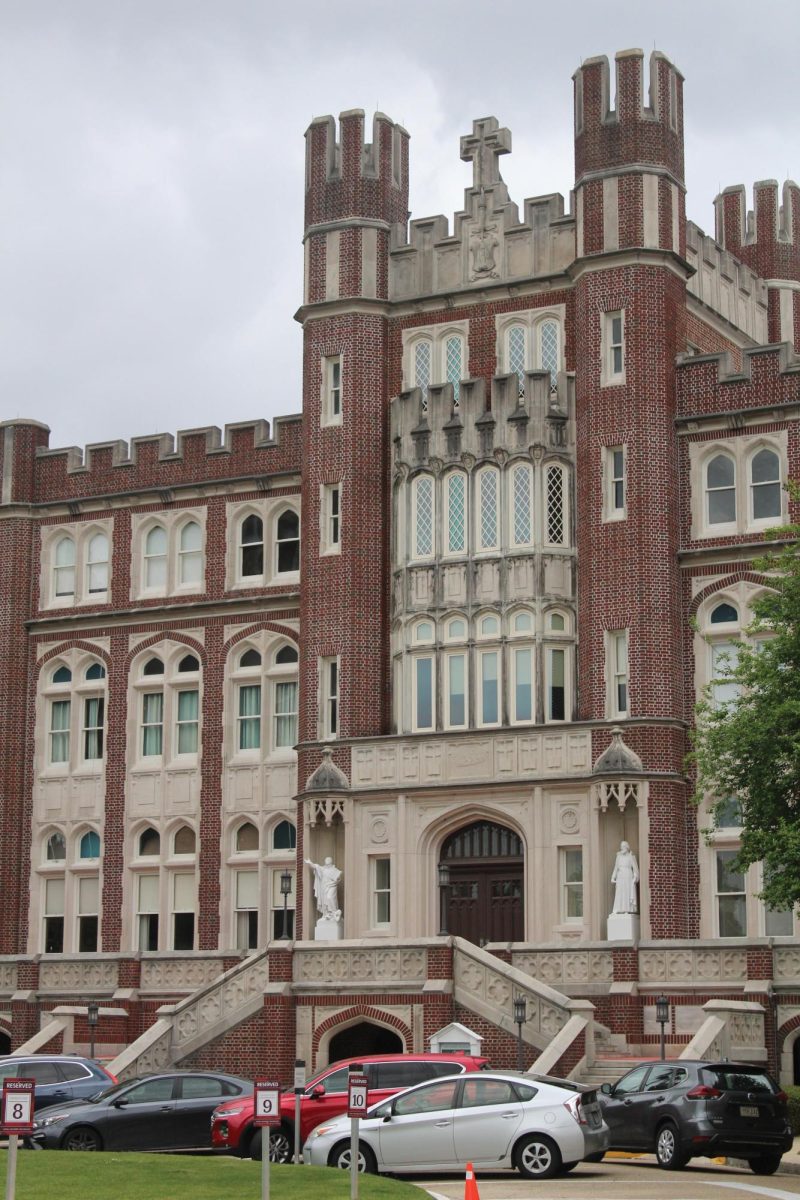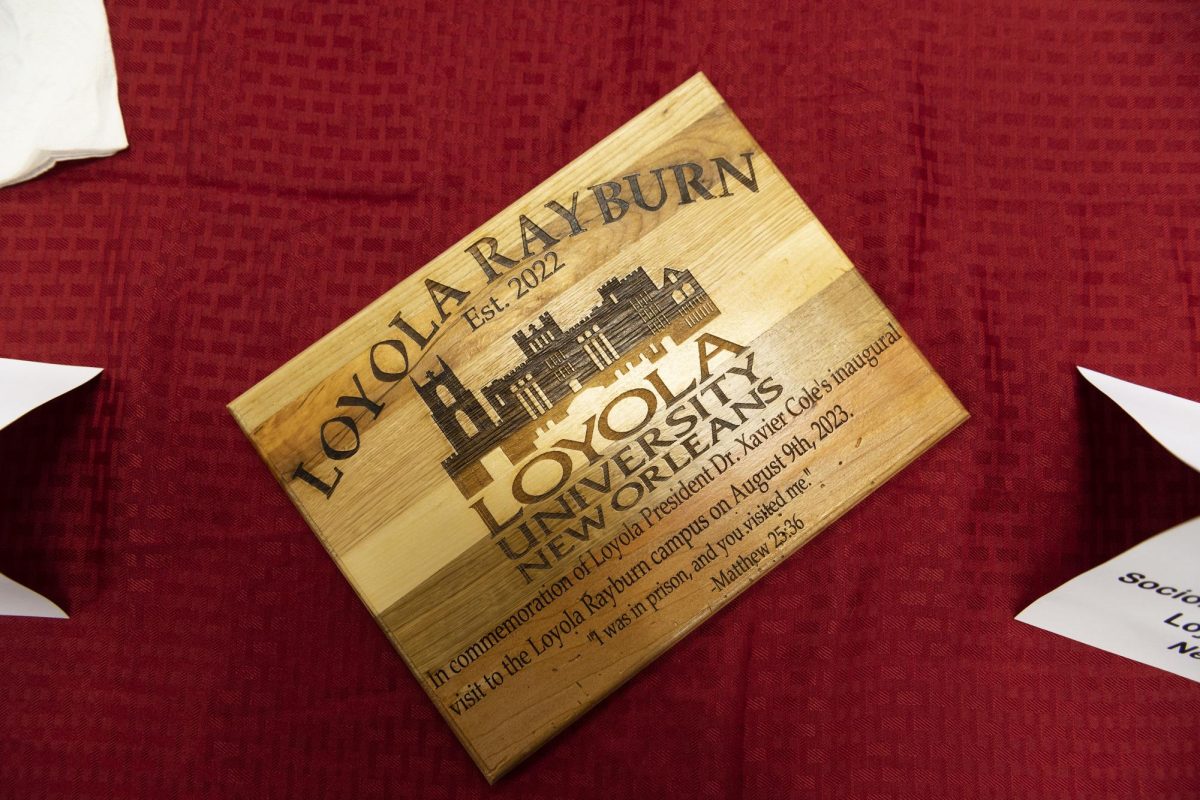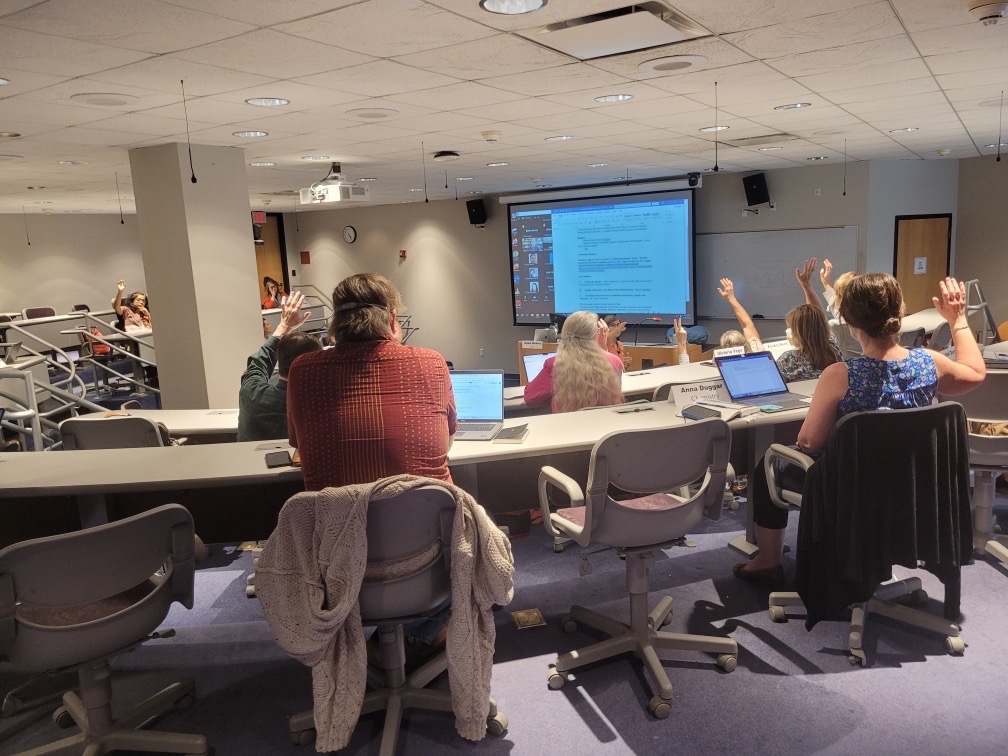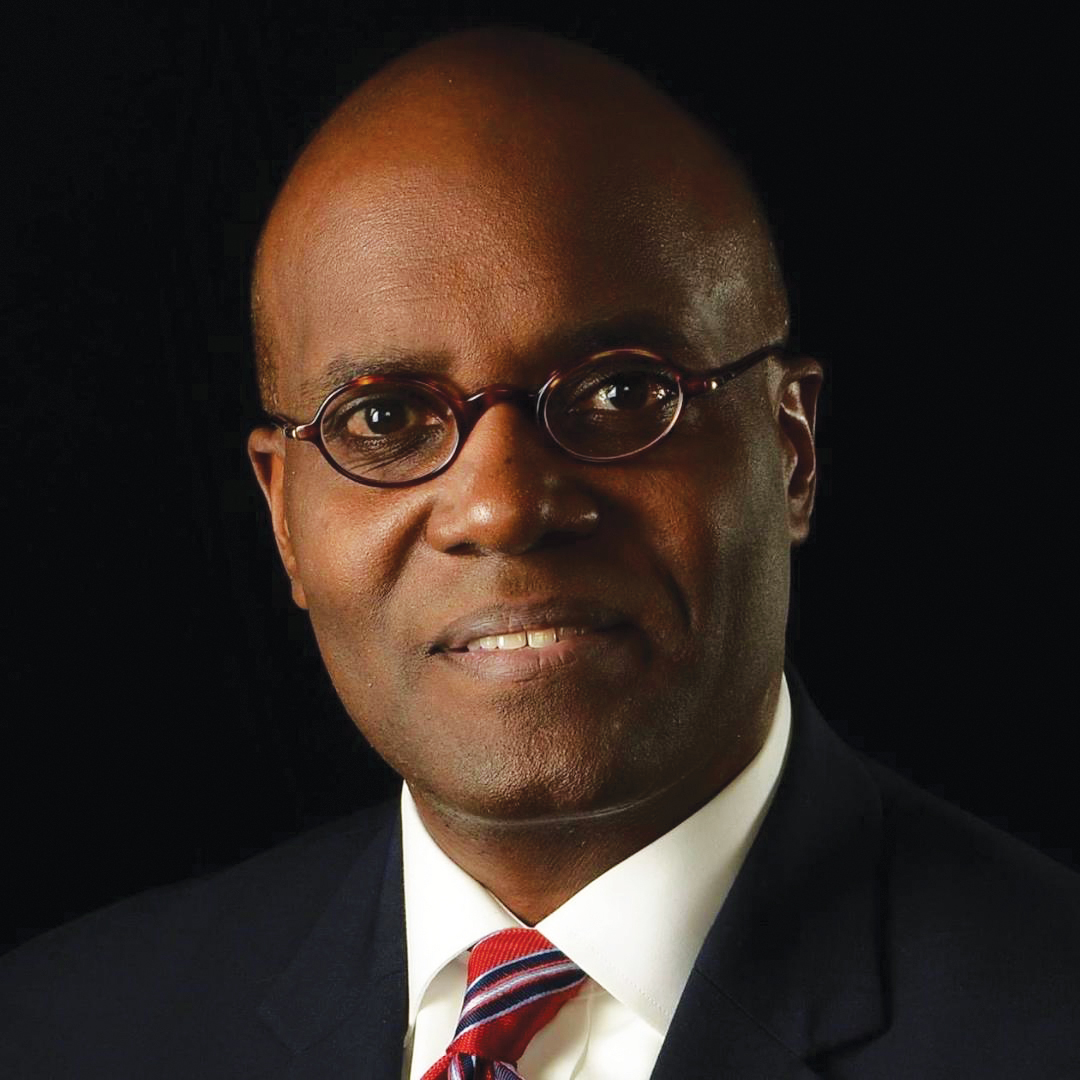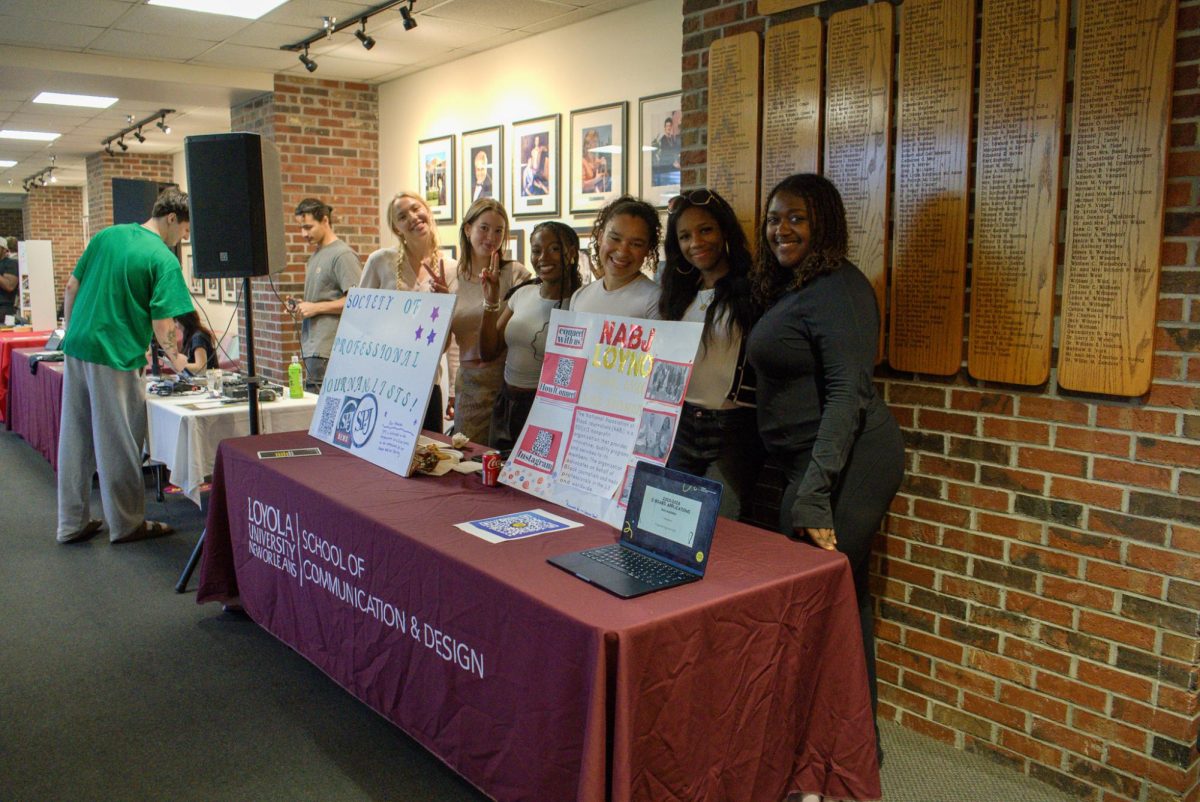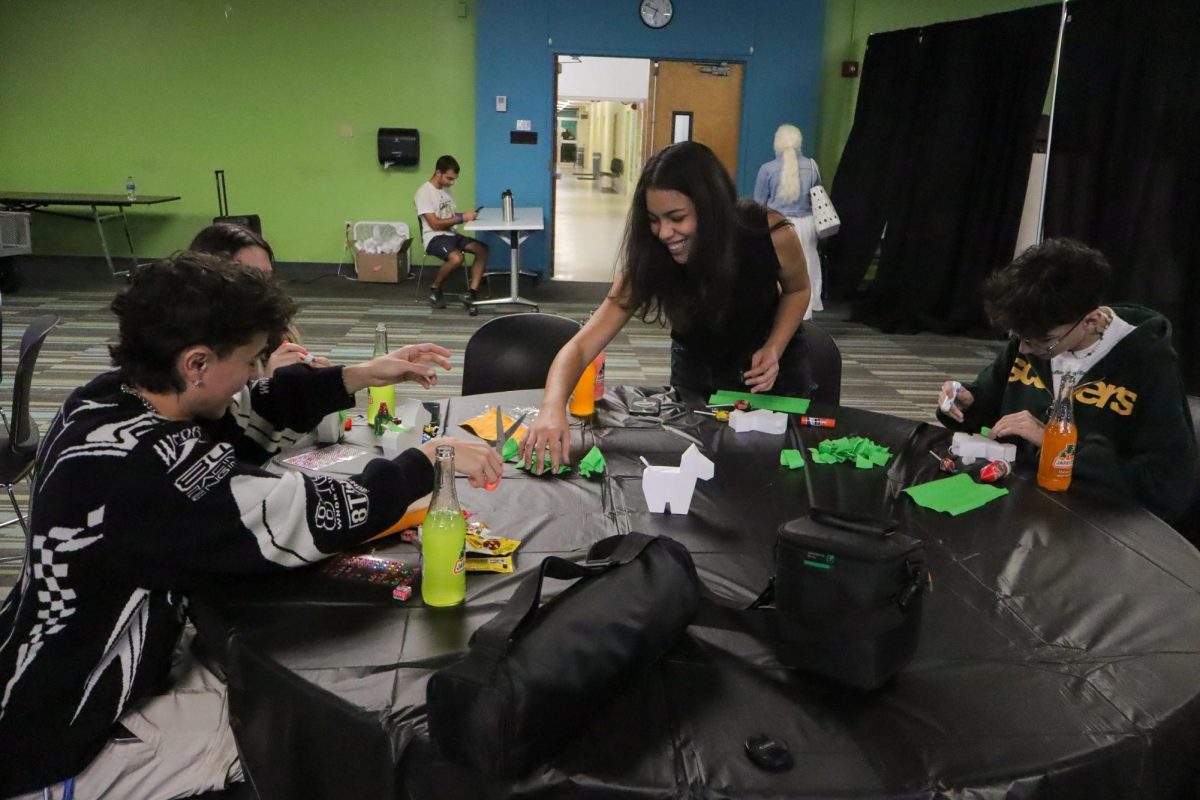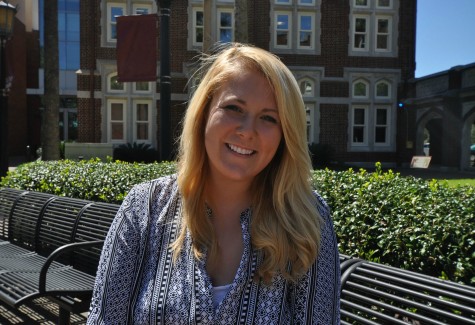Tom Sevick, environmental biology senior, never thought his research would lead him to surprising results regarding the aquatic life of two of Louisiana’s largest disasters.
On Friday, April 5, Sevick and 12 others presented their research at the 23rd Annual Undergraduate Research Symposium, showcasing biology seniors’ undergraduate research.
Patricia Dorn, professor of biological sciences, was the organizer for this event. However, each student had a faculty adviser who each has worked with throughout their undergraduate career.
Thirteen students presented, including 11 from Loyola, one Tulane student and one student who flew in from Montclair, NJ.
Biology senior Jeffrey Coote spent his time at Loyola researching elbow joint regeneration in embryonic chickens alongside his research adviser Rosalie Anderson, associate professor of biological sciences.
In Coote’s research, he specifically focuses on the roles of different growth factors involving in the regenerative process.
“My research was funded by a grant that my adviser, Dr. Anderson, received from the National Institutes of Health, along with Loyola’s Mullahy Student Research Fund,” Coote said.
Another Loyola biology senior making research strides is Shelly Wu.
Wu studied the growth of aquatic microorganisms on human hair that has been submerged in water over time. She said this could be used as a potential method for determining the length of time a corpse has been in water.
“Currently there is no reliable method to determine the length of time a body has been in water. My research addresses this issue by using human hair as a model, instead of previous studies that use dead pigs,” Wu said.
Wu said she received funding from SGA’s Richard Frank Grant and the Louisiana Supervised Undergraduate Research Experience Grant.
Sevick studied the effects of both natural and human disturbances on nekton.
Sevick explains nekton is considered any aquatic organism that can control its position in the water. Sevick collaborated with Dr. Jordan to make this research possible.
“The next step for this research is to continually revisit and sample the site that Dr. Jordan and I have been visiting from ’99 to the summer of ’12. This will allow us to see if trends continue,” Sevick said.
All students involved in the symposium focused on different areas of biology, with the help of professors, funding and the university.
Melanie Potter can be reached at [email protected]



